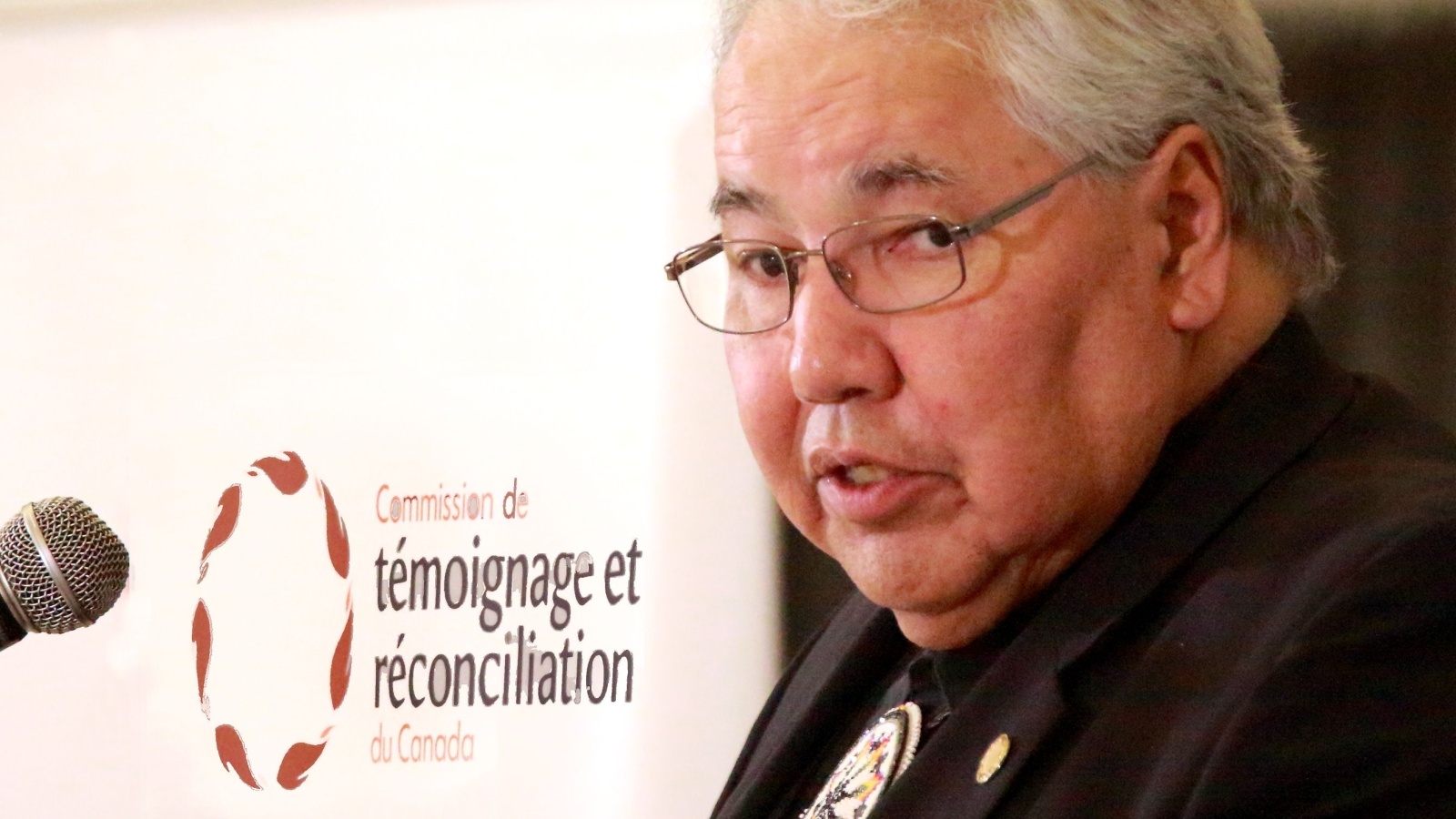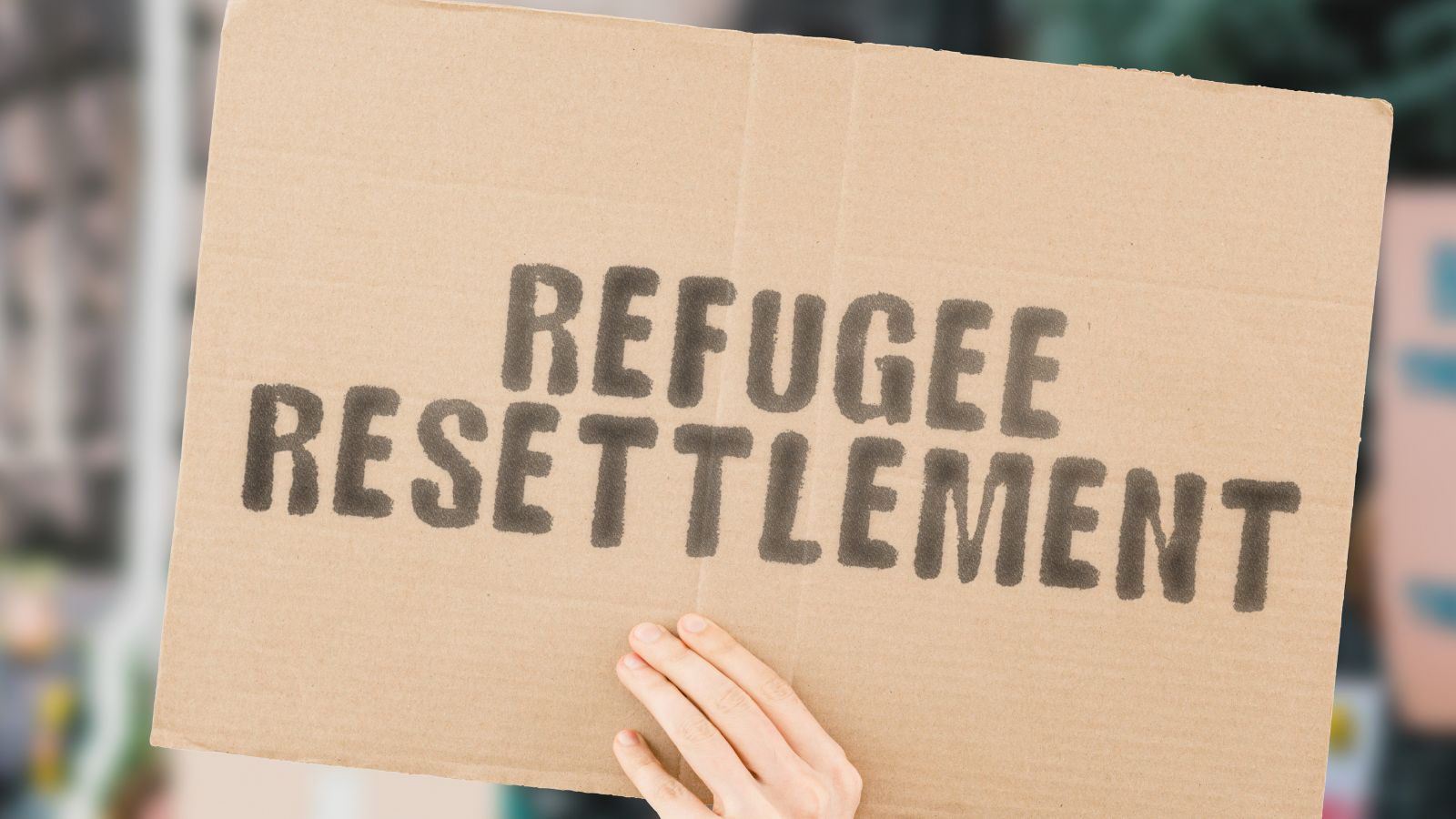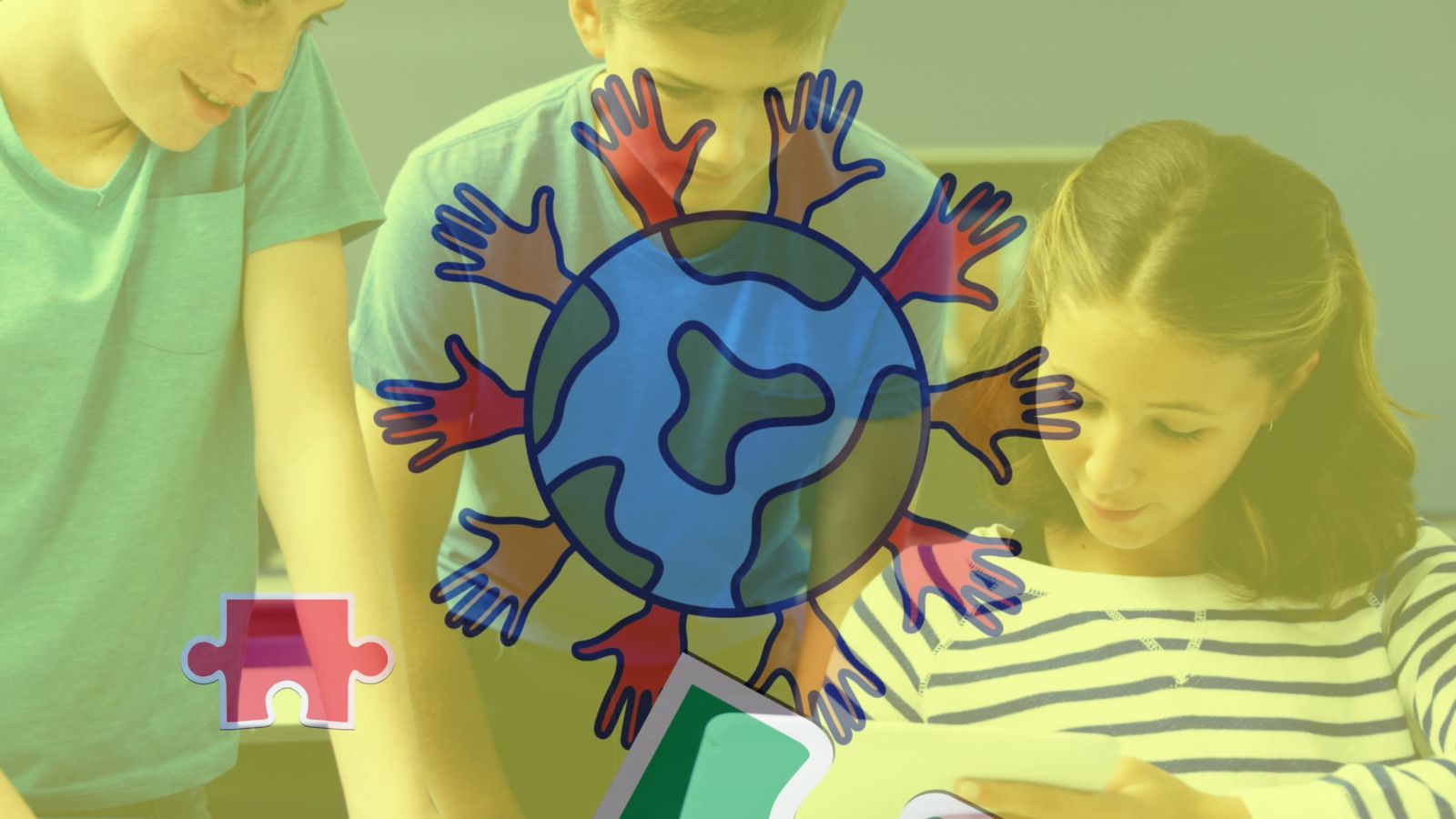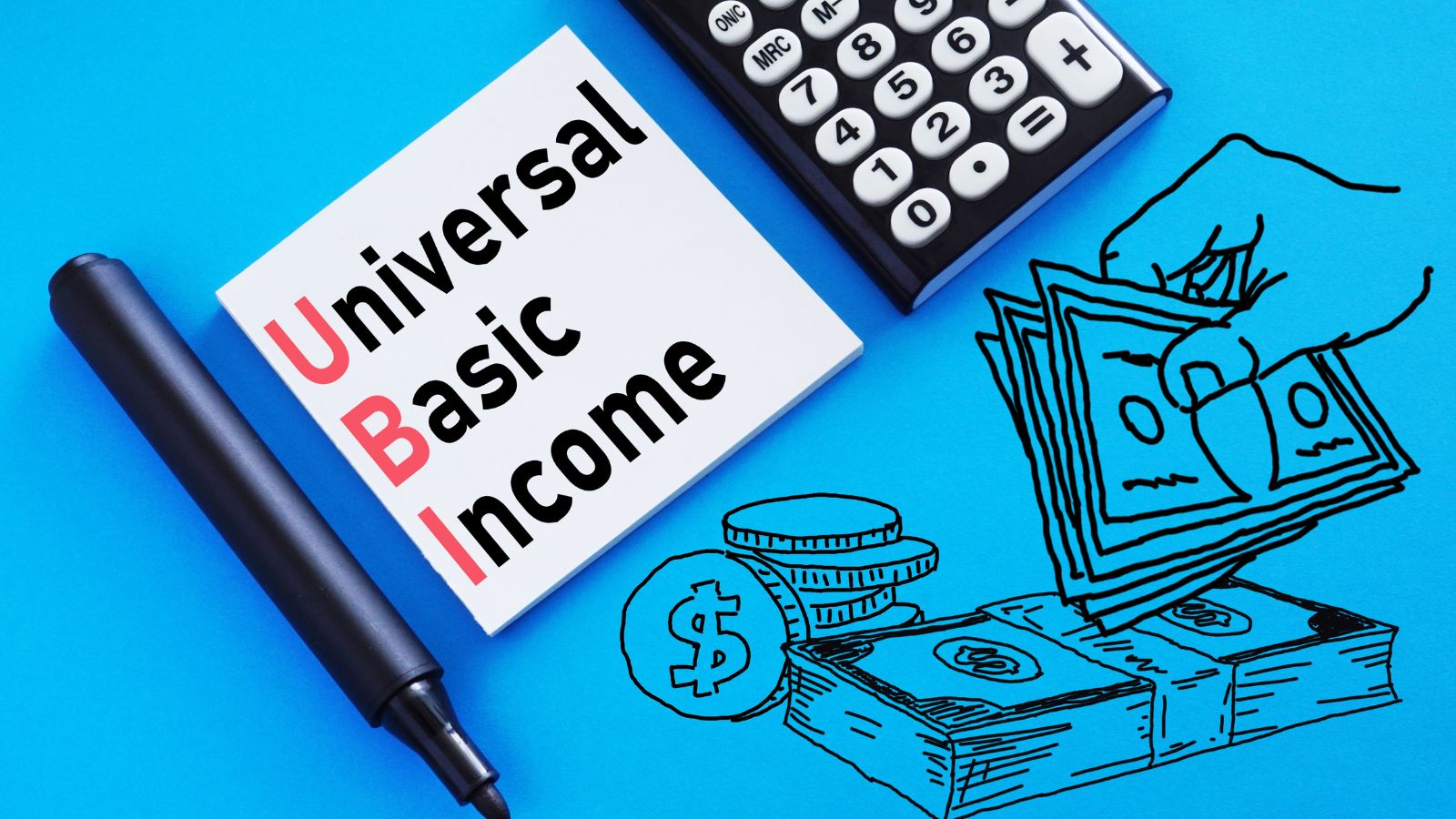From healthcare to housing, from reconciliation to harm reduction, Canada’s policies have inspired reform well beyond its borders. While far from perfect, the country consistently experiments with bold, people-centered approaches to social issues that many nations hesitate to tackle. Here are 23 times Canada’s social policies became global models:
Universal Healthcare (Medicare)

Canada’s publicly funded healthcare system has become a global benchmark. Introduced nationally in 1966, it ensures access to medically necessary hospital and physician services regardless of income. Unlike in the U.S., Canadians never worry about medical bankruptcy, and nations like Taiwan and South Korea have studied Canada’s model when reforming their systems. Though it faces modern pressures, the core principle that health is a public good continues to resonate globally. It is a clear example of a social policy that prioritizes equity and collective well-being over profit.
Legalization of Same-Sex Marriage

Canada became the fourth country in the world to legalize same-sex marriage in 2005, ten years before the U.S. followed. The move not only affirmed LGBTQ+ rights but also embedded marriage equality into federal law without exceptions for religious beliefs. Canada’s stance became a powerful precedent in international human rights discussions, and its approach helped normalize the legal recognition of same-sex couples and influenced court decisions and legislation in places like Argentina, Australia, and even parts of Asia.
Safe Injection Sites

Vancouver’s Insite, opened in 2003, was North America’s first supervised injection site, offering a safe, sterile environment for people to use drugs under medical supervision. Initially controversial, it has since saved countless lives by preventing overdoses and reducing the spread of infectious diseases. Its success has inspired similar harm-reduction programs in Europe, Australia, and now the U.S. By treating addiction as a health issue, not a criminal one, Canada helped spark a global shift in drug policy thinking, showing compassion and public health can coexist in practice.
Truth and Reconciliation Commission (TRC)

In 2008, Canada launched the TRC to address the harms of residential schools inflicted on Indigenous peoples. The commission gathered thousands of survivor testimonies and issued 94 Calls to Action in 2015. While implementation is ongoing, the TRC has inspired other countries grappling with colonial legacies, including Australia and Norway, and it introduced a language of accountability and healing rooted in Indigenous experiences. By centering truth-telling and cultural renewal, Canada’s TRC became a model for nations attempting to reconcile with painful histories.
Parental Leave Policy

Canada’s parental leave policy of up to 18 months of job-protected leave, with Employment Insurance benefits, ranks among the most generous in the developed world. It encourages bonding, balances caregiving duties between parents, and promotes early childhood development. Countries like the U.K., South Korea, and even parts of the U.S. have looked to Canada’s system as a guide for expanding their own leave frameworks. Its flexibility, split between parents or taken over time, reflects a modern approach to work-life balance.
Legal Medical Assistance in Dying (MAID)

Canada legalized MAID in 2016, joining a small but growing number of nations that allow individuals with intolerable suffering to choose a medically assisted death. The policy was developed with wide consultation, prioritizing dignity, consent, and rigorous safeguards. It has since expanded to include people with chronic illnesses and, controversially, mental disorders. While debates persist, Canada’s transparent process and patient-focused legislation have influenced conversations in countries like New Zealand, Ireland, and parts of the U.S., demonstrating a striking example of legislating compassion with clarity.
Refugee Resettlement Programs

Canada is recognized globally for its private refugee sponsorship model, which allows community groups to support newcomers with housing, finances, and social integration. This approach complements government efforts and has been replicated in the U.K. and parts of Europe. During the Syrian crisis, Canada resettled over 25,000 refugees in just four months, which was a feat hailed by the UNHCR. The model humanizes immigration and builds bridges between cultures, and at a time of growing anti-refugee sentiment globally, Canada’s inclusive approach stands out as both effective and ethical.
Legalization of Cannabis

In 2018, Canada became the first G7 nation to legalize recreational cannabis nationwide. The policy was designed to regulate, not encourage, use, focusing on eliminating black markets, protecting youth, and funding public health campaigns. The world watched closely, and although Uruguay had led the way, Canada’s size and international profile made this a landmark move. Several U.S. states, Germany, and parts of South America now cite Canada’s regulatory framework in shaping their legalization efforts. The policy reinforced the idea that prohibition isn’t the only option, and it can be replaced with smart governance.
Multiculturalism as Policy

In 1971, Canada became the first country to adopt multiculturalism as official policy, recognizing the value of ethnic diversity and affirming the rights of cultural communities. This commitment goes beyond tolerance and is enshrined in the Canadian Charter of Rights and Freedoms, reflected in education, immigration, and public services. The model has also influenced countries like Australia and Sweden as they navigate integration and identity. While not without its critics, Canada’s policy-based multiculturalism remains a leading example of how diversity can be framed not as a challenge, but as a national strength.
Basic Income Pilot Projects

Canada has long experimented with basic income ideas, most notably the Mincome project in Manitoba in the 1970s, and Ontario’s pilot in 2017. Though often cut short by politics, these experiments generated data that are still referenced in global debates on economic security. The projects showed positive effects on health, employment stability, and education, and Finland, Spain, and U.S. cities like Stockton have all looked to Canada’s trials when designing their own universal income pilots.
Safe Consumption Sites (Insite & Beyond)

Canada broke new ground with Insite, North America’s first medically supervised injection facility, in 2003. Evaluated extensively, Insite demonstrated that it dramatically reduced public injecting, syringe sharing, and overdose deaths, while increasing access to detox and addiction treatment. Its success catalyzed a shift in drug policy, inspiring other countries to revisit harm-reduction models. Glasgow’s recent establishment of a legal drug consumption site credits this Canadian innovation as an influence.
‘Safe Supply’ Movement and Overdose Prevention

In response to a devastating opioid crisis, Canada’s safe supply initiatives began as community-led acts of civil disobedience, offering regulated substances when street drugs were increasingly lethal. These harm-reduction models, championed by activists and endorsed by public health researchers, treat overdose as a health issue, not a crime. The movement has influenced global conversations about drug policy reform and emergency overdose response, and by focusing on pragmatic, life-saving interventions, Canada demonstrated that compassion can coexist with strong public health outcomes and has quietly become a reference point for other nations grappling with opioid-related deaths.
Universal Pharmacare Gains Global Attention

Though Canada hasn’t yet fully enacted it, universal pharmacare, or public drug coverage, has become a policy target inspiring reform debates worldwide. UBC and U of Toronto research shows that a single-payer model not only improves access to essential medicines but could save Canada billions in annual healthcare costs. The promise of bulk purchasing, lower generic drug prices, and streamlined administration is proving influential, prompting other countries to revisit how they subsidize prescription drugs.
Gender-Neutral Government IDs

Canada became one of the first countries to allow “X” gender markers on passports and government IDs, affirming non-binary and gender-diverse identities. This landmark change in 2017 reflected Canada’s commitment to human rights and inclusivity, and while some nations debated the legality or practicality of non-binary recognition, Canada took decisive action, and the world noticed. Countries like Germany, New Zealand, and the U.S. later followed suit. By recognizing gender diversity at the federal level, Canada helped redefine how identity is acknowledged by law.
Mental Health Coverage in Public Health Systems

While many countries treat mental health as secondary to physical health, Canada has steadily expanded public funding and access to mental health services, especially after the pandemic. Provincial plans like Ontario’s Roadmap to Wellness and British Columbia’s investments in community-based care have become templates for proactive, integrated support. International observers point to Canada’s acknowledgment of mental illness as a public health priority, not just an individual issue. By embedding mental health into its broader healthcare systems, Canada helped push the global conversation forward and toward parity, prevention, and compassionate care without stigma.
The Accessibility Canada Act

Passed in 2019, the Accessibility Canada Act set a precedent for proactively eliminating barriers for people with disabilities, not just in public spaces, but across digital services, employment, transportation, and procurement. What makes it globally significant is its focus on co-creation, as the law was shaped by extensive consultation with people with disabilities, emphasizing nothing about us without us. With clear timelines and compliance requirements, the act is already influencing accessibility legislation in the U.K., Australia, and parts of the EU.
Guaranteed Income Pilots

Canada’s bold experiments with basic income, like Ontario’s 2017 pilot and Manitoba’s 1970s Mincome project, have informed the global debate around economic security and poverty reduction. Though some pilots were cut short due to politics, the data collected has had a lasting influence. Results showed improved health outcomes, reduced stress, and increased employment stability for many participants. As inflation and automation disrupt economies worldwide, Canada’s early forays into guaranteed income have helped legitimize it as a serious policy option.
Canada’s LGBTQ+ Refugee Protections

Canada was one of the first countries to offer explicit protections and expedited pathways for LGBTQ+ refugees fleeing persecution. Its policies recognize that queer and trans people face unique dangers in many parts of the world, from criminalization to violence, and deserve targeted humanitarian support. Through the Rainbow Refugee Assistance Program and community sponsorships, Canada has created a welcoming model others have sought to replicate. Countries like the U.K. and Germany have since followed suit, but Canada’s commitment to protecting LGBTQ+ asylum seekers remains one of the most comprehensive and compassionate in the world.
Quebec’s $10-a-Day Childcare Model

Quebec’s universal childcare system, introduced in the late 1990s, stunned the world with its long-term success. Offering low-cost, high-quality daycare, the province saw an increase in women’s workforce participation, child development gains, and strong economic returns. The model was so successful that it eventually inspired a national childcare program rolled out across Canada. International policy experts often point to Quebec as a gold standard for how accessible childcare transforms economies and families. As countries from the U.S. to Australia debate childcare affordability, Quebec’s example continues to offer a clear, scalable path forward.
Canada’s Global Leadership on Gender-Based Budgeting

Canada became one of the few countries to integrate gender-based analysis into its federal budgeting process fully. Starting in 2018, every government policy and funding proposal must now be assessed for its impact on different genders, ages, incomes, and social locations. This shift was backed by transparent reporting and accountability and has redefined what equitable governance looks like. Other nations have since studied and adapted the Canadian model, including Germany, Iceland, and South Korea. By turning feminist economics into federal policy, Canada has made clear that fiscal decisions can either reinforce inequality or dismantle it, depending on how they are designed.
National Housing Strategy for Vulnerable Groups

Launched in 2017, Canada’s $82+ billion National Housing Strategy puts social inclusion at the center of housing policy. It prioritizes vulnerable populations, such as seniors, women and children fleeing abuse, Indigenous peoples, and those with disabilities, while setting measurable targets. The strategy’s rights-based approach aims to ensure that everyone in Canada has access to safe, affordable housing. Europe and South America have studied Canada’s inclusive housing policies to improve their own.
Indigenous-Led Conservation Agreements

Canada’s model of Indigenous-led conservation, especially through initiatives like the Indigenous Protected and Conserved Areas (IPCAs), is becoming a global benchmark. These agreements recognize Indigenous sovereignty, traditional ecological knowledge, and stewardship rights over lands and waters. With backing from federal and provincial governments, First Nations have created vast protected areas, from the Seal River Watershed in Manitoba to the Thaidene Nëné National Park Reserve in the Northwest Territories. The success of these partnerships has caught the attention of conservation groups worldwide.
Canada’s Open Immigration Points System

While immigration policy is a global flashpoint, Canada’s points-based system has been praised as a model of balance, welcoming newcomers based on skills, education, language ability, and work experience. The Express Entry system, launched in 2015, was designed to be fast, transparent, and responsive to labor needs. Unlike quota-based or family-preference models, Canada’s system prioritizes economic integration while still allowing for humanitarian and family pathways. Australia and the U.K. have adopted similar frameworks.
21 Products Canadians Should Stockpile Before Tariffs Hit

If trade tensions escalate between Canada and the U.S., everyday essentials can suddenly disappear or skyrocket in price. Products like pantry basics and tech must-haves that depend on are deeply tied to cross-border supply chains and are likely to face various kinds of disruptions
21 Products Canadians Should Stockpile Before Tariffs Hit
